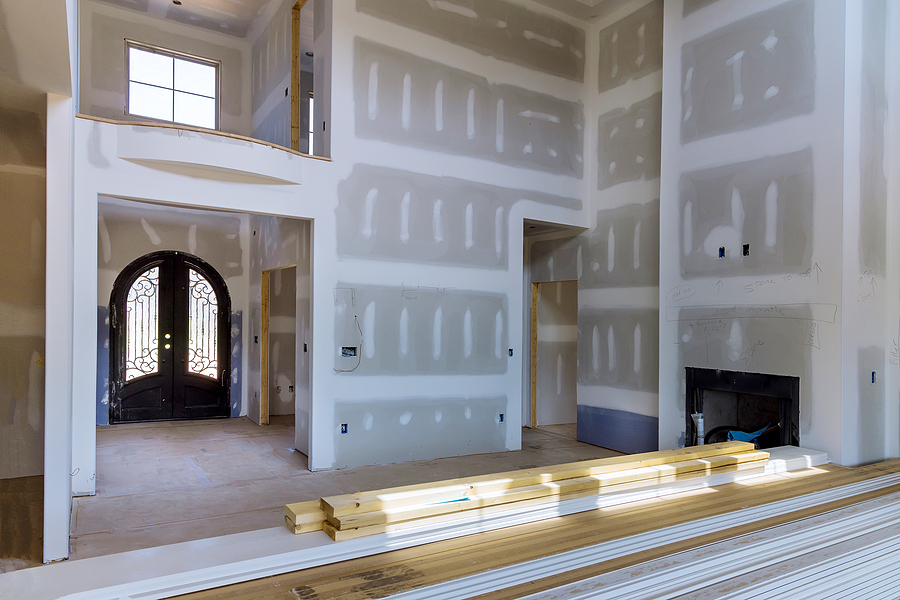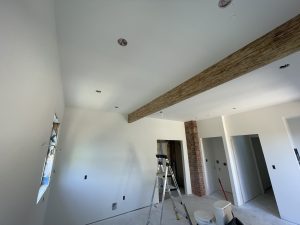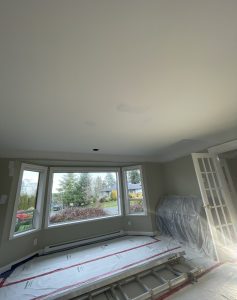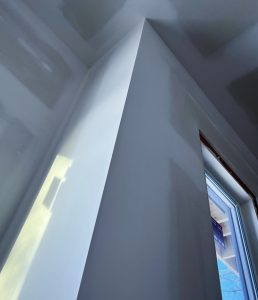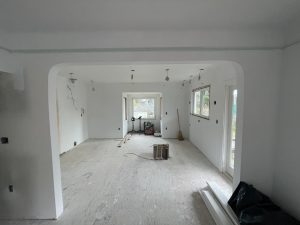Drywall installation is crucial for construction and renovation projects, but it’s fraught with challenges. From uneven surfaces to water damage and mold growth, addressing these issues is key to a flawless finish. In this comprehensive guide, we’ll explore each challenge and provide practical solutions to help you conquer your drywall installation project with confidence.
1. Addressing Uneven Surfaces
Uneven surfaces are a common hurdle in drywall installation, leading to gaps and imperfections. Here’s how to tackle them:
Surface Assessment: Before starting, thoroughly inspect the surface for irregularities using a straightedge or level.
Correction Techniques: Use shims, furring strips, or self-leveling compound to bring the surface into alignment for a smooth finish.
2. Fitting Around Obstacles
Electrical outlets, switches, and other obstacles pose challenges when fitting drywall. Follow these steps for a seamless fit:
Precision Measurement: Accurately measure and mark the locations of obstacles on the drywall sheets.
Careful Cutting: Utilize appropriate tools to cut out marked areas precisely, ensuring a perfect fit.
Test Fitting: Before securing the drywall, test-fit each piece to verify alignment with obstacles.
3. Dealing with Water Damage
Water damage is a frequent concern, particularly in moisture-prone areas. Here’s how to handle it:
Damage Assessment: Thoroughly inspect existing walls for signs of water damage, such as discoloration or soft spots.
Repair or Replacement: Address minor damage with patching or joint compound; replace severely damaged sections as needed.
Preventive Measures: Tackle underlying moisture issues and utilize waterproofing measures to prevent future damage.
4. Managing Cracks and Settlement
Cracks in drywall can result from settling or environmental factors. Follow these steps for effective crack management:
Identifying Causes: Determine the root cause of cracks through careful inspection.
Repair Techniques: Fill minor cracks with joint compound or patching compound; use drywall tape for larger cracks.
Preventive Steps: Ensure proper stabilization of the structure and seamless taping to prevent future cracking.
5. Preventing Mold and Mildew
Mold and mildew thrive in moist environments, posing health risks and damaging drywall. Here’s how to prevent their growth:
Moisture Control: Proper insulation and ventilation are crucial for reducing humidity levels.
Waterproofing Strategies: Install waterproofing membranes or cement backer board in moisture-prone areas.
Utilize Mold-Resistant Products: Incorporate mold-resistant drywall and paint to inhibit mold and mildew growth.
6. Meeting Fire-Rated Requirements
In certain settings, fire-rated drywall is necessary to comply with building codes. Here’s what you need to know:
Understanding Types: Familiarize yourself with different types and their specific fire resistance ratings.
Adhering to Guidelines: Follow manufacturer guidelines meticulously for proper fire resistance.
Compliance Check: Ensure adherence to local regulations to meet fire code requirements.
Conclusion
Drywall installation presents challenges, but with the right strategies, you can overcome them. By addressing uneven surfaces, fitting around obstacles, preventing water damage and mold growth, and meeting fire code requirements, you’ll achieve professional-quality results. Whether you’re an experienced pro or tackling your first project, mastering these common issues is essential for a flawless finish.

